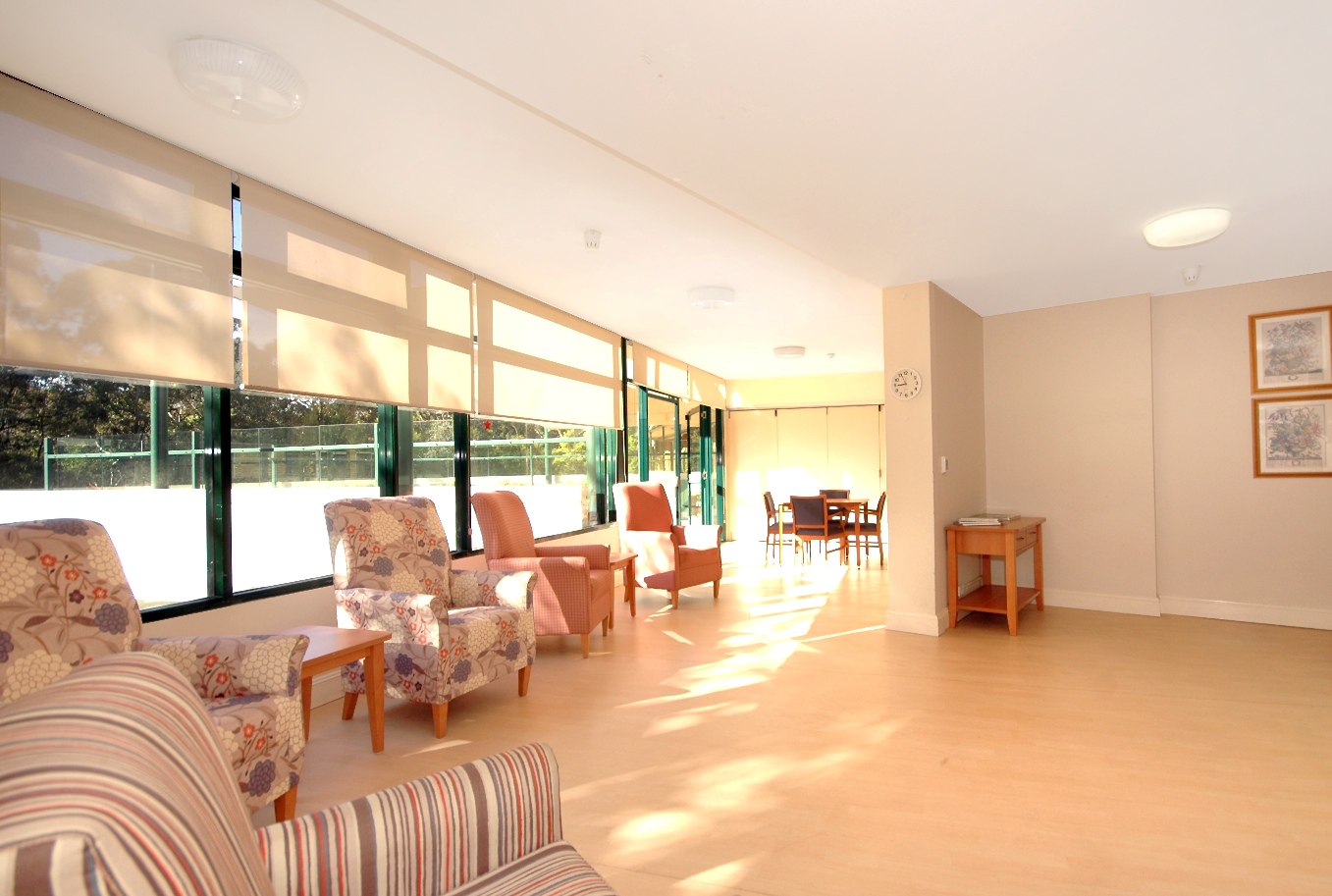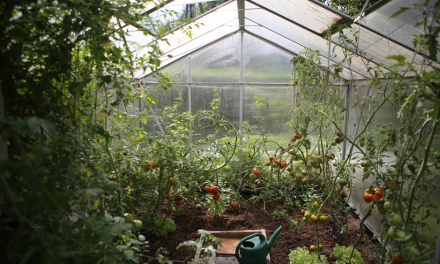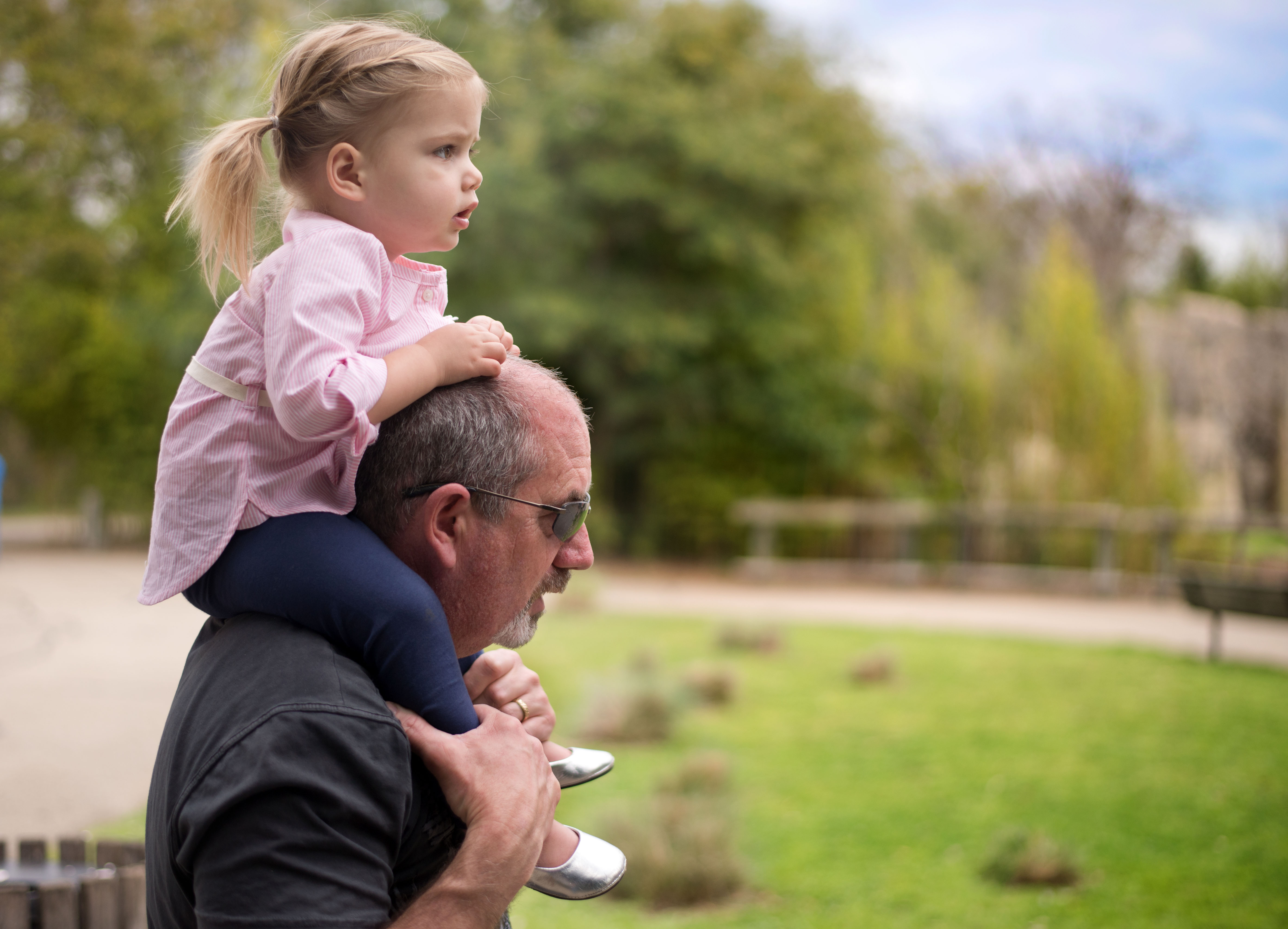Nursing homes in Northern Sydney face an increased fire risk by not having fire sprinklers installed, despite a campaign to have every facility fire-safe after a fire at Quakers Hill killed eleven residents in 2011.
A report published by the NSW Department of Planning and Infrastructure reveals that just half of NSW nursing homes are protected by fire sprinklers.
Manager of research and advocacy at the Combined Pensioners and Superannuants Association of NSW, Amelia Christie, said nursing homes are putting lives at risk by stalling on fire sprinklers.
“CPSA is appalled that nursing homes continue to lag on installing fire sprinklers in nursing homes despite their proven benefit,” Christie said.
Currently, nursing homes in Chatswood, Killara, Gordon, Turramurra, Wahroonga, Roseville, St Ives, Waitara and Warrawee are still in the design and project planning phase for adding fire sprinklers. None have yet begun installation.
The majority of nursing homes across the state have been granted extensions to March 2016 for installation of fire sprinklers, which presently equates to 448 facilities without fire sprinklers installed.
The most commonly cited delay is lack of supply of contractors, according to the Department of Planning and Infrastructure.
CEO of the Aged and Community Services Association of NSW & ACT, Illana Halliday, said the current rate of sprinkler installations is appropriate, given the work involved.
“It could not happen any faster. Some contractors are reporting they have reached capacity for the work program, so in order to ensure that qualified experienced people are working on site, we need this time,” Halliday said.
However, Ms Christie said cost issues are not necessarily to blame.
”Many small, rural community run homes have installed sprinklers (including prior to the legislation) for safety reasons, despite having considerably less funds than for-profit homes run by large corporations,” Christie said.
However, the CEO of the Fire Protection Association of Australia, Scott Williams, is pleased with the progress of the installation rollout.
“While it is important that these systems are promptly installed in order to meet the required deadlines and ensure the safety of residents, it is equally important that each system is properly designed, installed, commissioned and certified; which requires a measured and thoughtful approach,” Williams said.
“We don’t want to see any fire sprinkler installations being rushed, as this could lead to dangerous situations for sprinkler installers and residents during installation and could lead to systems that fail to operate correctly once they are installed.”
In February, amendments were introduced to hasten the installation process. Non-residential areas situated under sprinkler protected resident areas were given the option of not installing further fire sprinklers. However, high-risk non-residential areas such as car parks will still be required to have sprinklers.
Fire and Rescue NSW Commissioner, Greg Mullins, said the amendments will not compromise the safety of residents.
“Residents and employees of aged care facilities can be confident that these amendments do not reduce protection,” Mullins said.
While the Department of Planning and Infrastructure has a system in place to monitor progress of sprinkler installations, the report notes: “The total number of facilities that have installed sprinklers since March 2013 may be underestimated as providers are not required to submit completion documentation to the committee until their required completion dates.”












